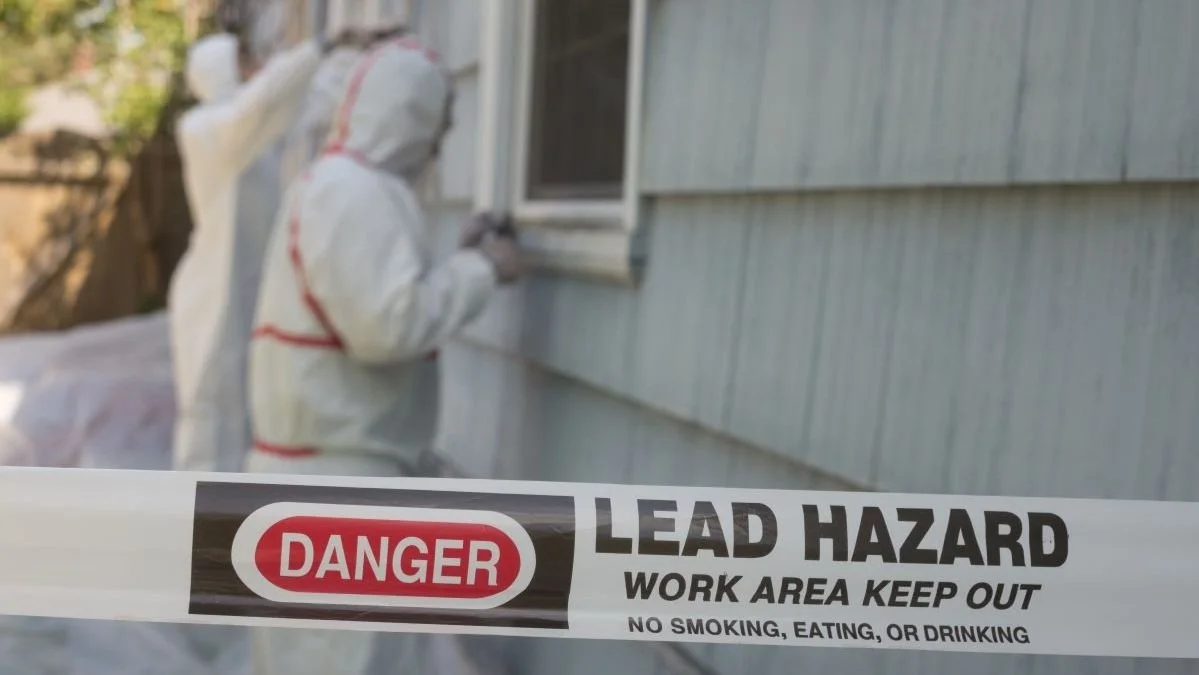California Enacts Strict Updates to Lead Exposure Regulations
Author, Megan Lockhart, Client Communications Coordinator, Rancho Mesa Insurance Services, Inc.
Recently, the Cal/OSHA Standards board approved stricter standards for occupational lead exposure in both the construction industry and general industry.
Effective January 1, 2025, the standards lowered the Permissible Exposure Limit (PEL) by 80% and the Action Limit (AL) by 93%, a vastly stringent policy compared to previous regulations.
The Permissible Exposure Limit is the legal limit that an employee can be exposed to a chemical substance or physical agent. The previous PEL for lead was 50 micrograms per cubic meter of air, and has now been reduced to 10 micrograms per cubic meter of air.
The Action Limit is the maximum value that can be reached before an action is needed to correct the issue. The previous lead level AL was 30 micrograms per cubic meter of air and is now only 2 micrograms per cubic meter of air.
With these limits reduced, employers must make changes in order to comply, such as updating their written program, conducting further exposure monitoring, and providing medical surveillance.
Employers must give workers exposure assessments to determine lead exposure in the blood. If employers do not perform these assessments, they are required to provide respiratory protection, protective work clothing and equipment, medical surveillance, training and posted warning signs.
If employee exposure reaches the new Action Limit, companies are required to implement a medical surveillance program. This includes medical examinations and procedures at no cost to the employees.
Employees who have been exposed to lead levels at or above the Action Level must be temporarily removed from work. These employees will have “medical removal protection benefits,” and will not lose earnings, seniority and other employment rights.
In addition to these requirements, exceeding Action Levels of exposure requires employers to provide employees respirators and protective work clothing and equipment, enact hygiene and housekeeping practices, offer lead exposure prevention training, and maintain monitoring and medical records of exposed employees for a minimum of 40 years.
To prepare for these new standards effective next year, clients should conduct new air monitoring tests and exposure assessments soon to ensure they are still compliant with the new exposure limits. If results exceed the new PEL and AL, they have until the end of the year to reduce exposure and remain in compliance.
For more information regarding these changes, clients can visit the Cal/OSHA website.

